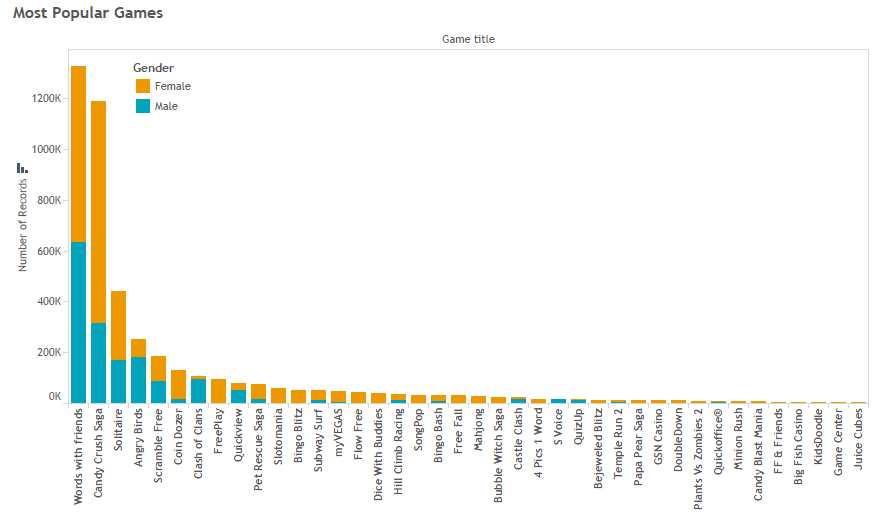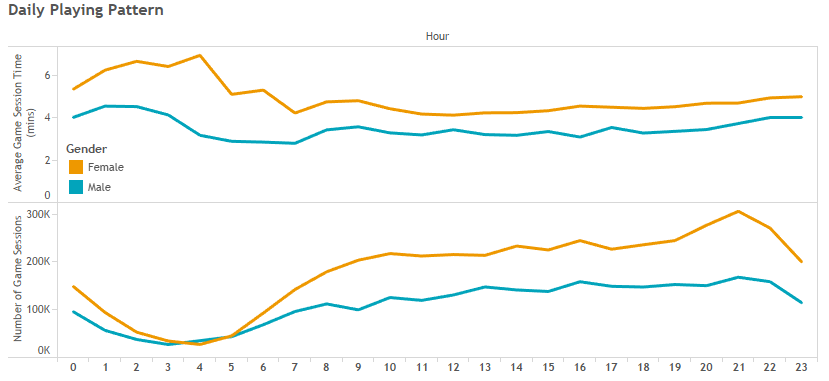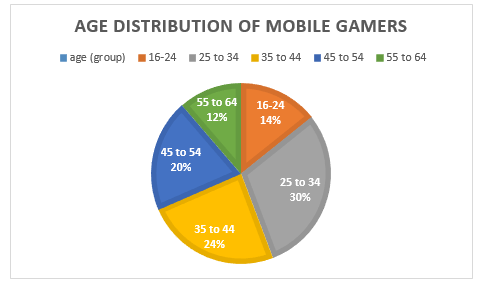The gaming market, especially mobile gaming, has been growing fast over recent years. Games are the most popular mobile app category in iTunes App Stores and gaming experts predict the mobile gaming market will double by 2016.
It’s likely that part of the growth of mobile gaming comes from increased accessibility, as smartphones and tablets become more common. These devices, which aren’t necessarily purchased to play games, have helped attract people who wouldn’t traditionally consider themselves to be gamers.
With a mobile device always on hand, our research shows that average game session time has increased significantly. In 2014 an average game session was 4 minutes and in May 2015 it stands at 4.7 minutes.
While the industry rides a growing wave, it’s also rapidly changing – and so are mobile gaming demographics. People are spending more time and money on gaming, and new consumers are being attracted by games which appeal to broader audiences.
Misconceptions about gamers are still common – even within the gaming industry. If you imagine the stereotypical gamer as an adolescent boy, you’re not alone! But our data tells a different story about the demographics of your average gamer.
Using our Passive Mobile Behaviour tool, which captures application consumption on a highly granular level among American panelists, RealityMine has conducted a study to find out the real face of mobile gamers and how gaming fits into their daily lives.
Men V’s Women
The majority of the mobile gaming audience is made up of women. Our data revealed that 66% of men play mobile games, while the same figure among women is 70%. In terms of the time spent gaming, females beat males at all times of the day – an average gaming session for women lasts 25% longer than for men.
As the mobile gaming industry grows and the variety of games increases, there are dozens of games that appeal to female audiences, such as Candy Crush Saga and Words with Friends – which are the most popular games for both our female and male panelists. The data further reveals that women use a greater variety of games, while men choose to stick with just one or two games.

Against the clock
Our data shows that gaming sessions of male gamers, slightly and continuously increase from 8am until 9pm, with peaks at lunch time and during commuting times. The trend among female gamers is very similar, but the 9pm peak is a lot more significant and engagement starts much earlier in the day, with gaming sessions gradually increasing from 5am.

Generation Game
Youngsters are not the biggest consumers of mobile games. In fact, parents are more likely to be gamers than their children. 61% of gamers in our survey were parents with children living in the same household. The 16-24 age group represents a mere 14.2% of mobile gamers, while people older than 45 years make up nearly a third. So mobile gamers are more likely to be middle aged moms than their teenage sons.
The significance of the older gaming consumer is further reinforced by research from the mobile gaming community, MocoSpace. The findings of this study reveal a direct correlation between the amounts of money spent on virtual goods within social games and gamer age - the older the gamer, the more they spend. Based on the study, 70% of all the gamers over 45 years bought virtual goods.
Data wins the mobile game
In a fast changing, and sometimes misunderstood marketplace, research data plays a crucial role in understanding how people actually behave.
The flexibility of multiple devices makes games more accessible to consumers that don’t fit the traditional stereotype, and have quickly developed new and fast changing behaviors.
In order to create and market a successful mobile game, it is not necessarily to advertise in the Super Bowl – like Game of War, Clash of Clans and Heroes Charge did this year – but what is necessary is to understand the ‘why’ behind key market trends.
Understanding the change in gaming demographics helps game developers and marketers to know their target audience. When the wants of users are known, it’s easier to classify, prioritize and improve adverts by addressing user preferences at micro-level. This user specific approach to advertisement also helps to enhance user engagement.

